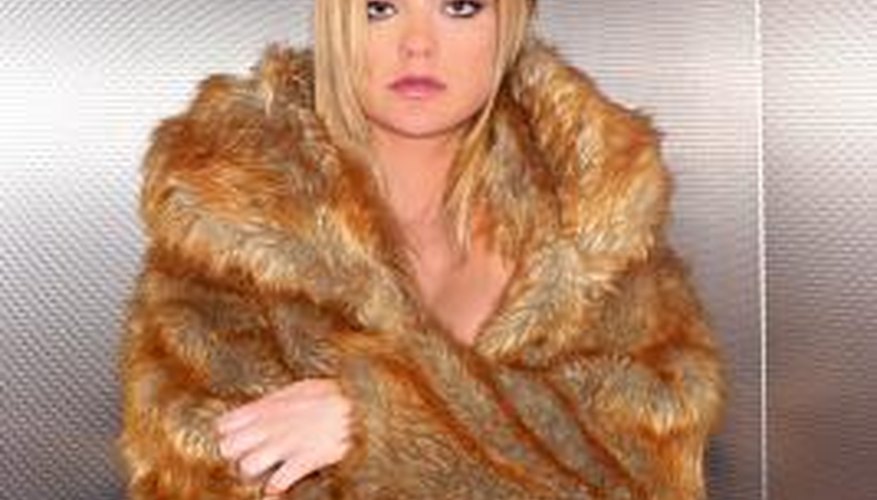If you are considering buying or selling a vintage fur coat, it is helpful to know how its value is determined. Appraisal must be carried out by a trained professional for it to be valid, because there are so many factors that affect the coat's financial worth.
Depreciation
Like any valuable item, use deteriorates worth. Coats are no exception to this rule, and their value depreciates over time. It is estimated that general depreciation on a fur coat is 20 percent per year, largely because the maximum life of a coat is only about 20 years. It is a delicate item, which will begin to break down, losing hair as the skin biodegrades.
- Like any valuable item, use deteriorates worth.
- It is a delicate item, which will begin to break down, losing hair as the skin biodegrades.
Wear and tear
The amount of damage done at the cuff and hem simply because the garment is worn affects the coat's overall value. The more visible the signs of wear are, the lower the value of the fur.
Fashion
In five years, a fur coat will have gone out of fashion and will need to be updated or replaced. At this point, it is more valuable as a trade-in than as a cash sale. Furs that are traded in can often be reworked into an updated, smaller garment and resold by the furrier.
Actual vs. appraised value
The actual value of a garment, that is, what a furrier or individual could be expected to pay in cash for a fur coat, is significantly lower than the appraisal amount. The only way you will see the appraisal amount in cash is in an insurance claim.
Endangered species
Coats made from the pelt of an animal now on the endangered or protected species list have no value. It is illegal to attempt to sell or trade them, according to furs.com. A furrier can restyle them for you, and you can wear them, but they should never be worn outside the country. The maximum fine for illegal sale transactions of these fur garments is five years' imprisonment and a £162,500 fine.
- Coats made from the pelt of an animal now on the endangered or protected species list have no value.
- A furrier can restyle them for you, and you can wear them, but they should never be worn outside the country.
